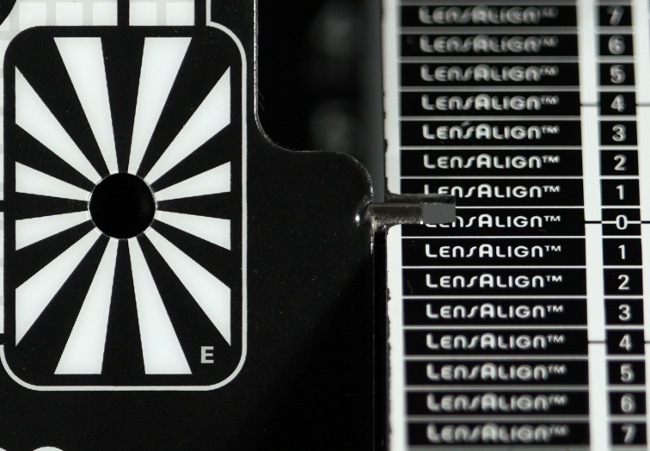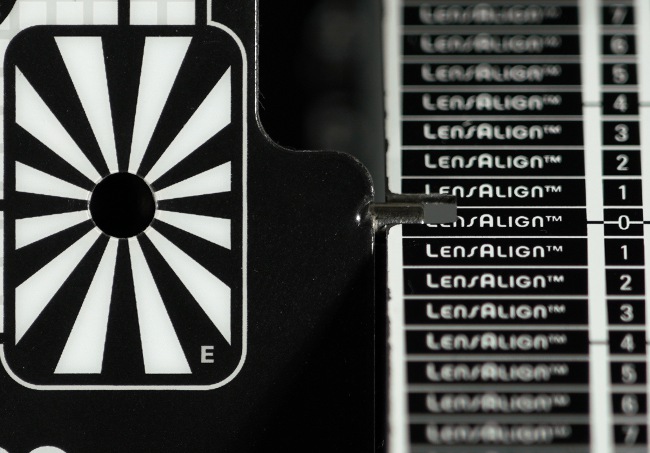Sigma S 70-200 mm f/2.8 DG DN OS
10. Autofocus and focus breathing
A significant sensitivity of the autofocus mechanism is worth emphasizing as well. When, as a part of an experiment, I tried to take a photo through a slightly dusted window glass the autofocus had no problem with aiming at a not especially properly contrasted surface such as that glass.
The accuracy of the mechanism also didn't give us any reasons to complain – the lens performed very well no matter whether we tested it outside or in our studio. It was exactly a performance you would expect from a good quality journalistic instrument.
Please Support UsIf you enjoy our reviews and articles, and you want us to continue our work please, support our website by donating through PayPal. The funds are going to be used for paying our editorial team, renting servers, and equipping our testing studio; only that way we will be able to continue providing you interesting content for free. |
- - - - - - - - - - - - - - - - - - - - - - - - - - - - - - - - - - - - - - - - - - - - - - - -
Photos below also prove that the tested Sigma didn't have any problems whatsoever with front or back focus tendencies.
| A7R IIIa, 135 mm, f/2.8 |
 |
| A7R IIIa, 200 mm, f/2.8 |
 |
Focus breathing
Focus breathing tests show reframing images as you oversharp them. We conduct the test by manually passing from the minimum focusing distance to infinity with the aperture stopped down; then we check how the field of view of the lens changed as a result.After conducting a significant number of tests now we think we are also able to determine some reference points. A frame change ranging from 0 to 5% we consider to be low. Between 5 and 10% you can speak about medium levels. Usually such values constitute also the maximum efficiency level of any breathing compensation algorithms, present in some bodies. Between 10 and 15% focus breathing is high, above 15% its level can be called very high.
The test video of the Sigma lens is presented below:






